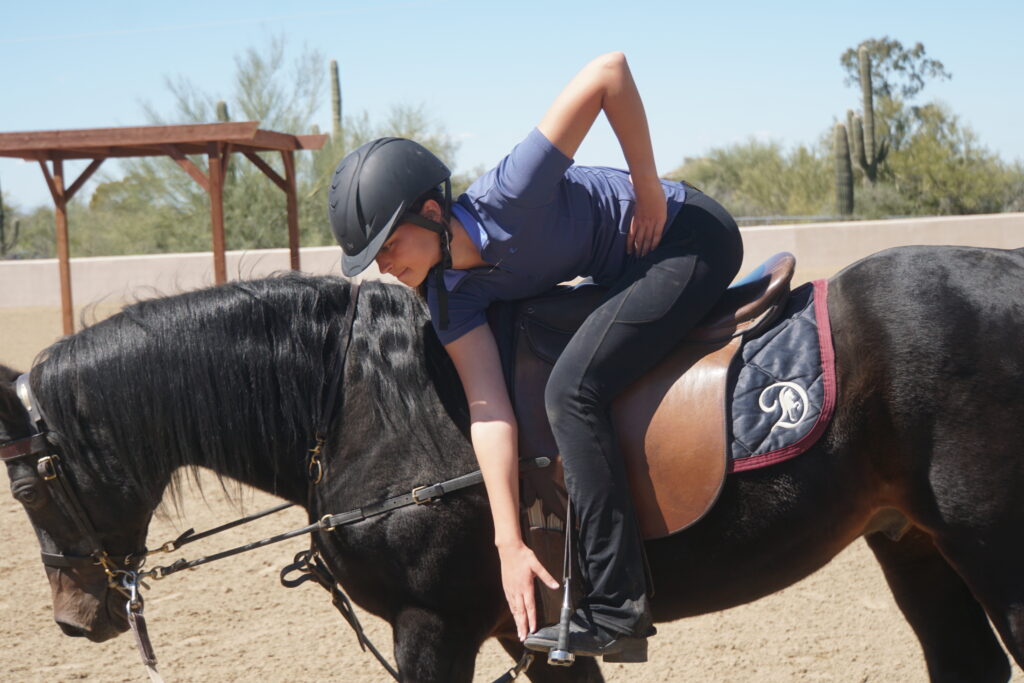julie daniel
equestrian & lifestyle
home
marketing services
about julie
amazon storefront
blog
contact
ride courses
How to Find School Horses for Your Riding Program:
October 8, 2024
Starting and maintaining a successful riding lesson program hinges on having reliable and well-trained school horses. These horses are the cornerstone of any program, providing safety and teachability to new riders. This blog will outline several effective strategies for sourcing school horses and ensuring they meet the high standards necessary for your program.
Understanding the Importance of School Horses
The foundation of any riding program is its horses. They need to be safe, teachable, and well-mannered. Safety is paramount; the horses must be tolerant and calm, especially around beginners who might have unpredictable movements or lack confidence. Teachable horses are those that respond well to instruction, making them ideal for teaching new riders the basics of horsemanship and riding techniques. Good manners in various situations, including grooming, tacking, and riding, are essential to prevent accidents and create a positive experience for both the rider and instructor. Without these qualities, even the most well-planned riding programs can falter, emphasizing the importance of careful selection and training of school horses.
Strategies for Finding School Horses
Networking with larger farms can be an invaluable strategy. By reaching out to local farms or those you have connections with, you can uncover a wealth of potential school horses. Many larger operations may have retired show horses that, while no longer suitable for competitive events, possess the training and temperament ideal for lesson programs. Building strong relationships with these farms is crucial, as it can lead to long-term benefits, including future horse donations or sales at favorable terms. Establishing a reputation as a trustworthy and appreciative recipient of their equine veterans can open doors to acquiring high-quality horses that might otherwise be overlooked.
Utilizing online platforms is another effective method. Joining and actively participating in equestrian Facebook groups can connect you with owners looking to rehome well-trained horses. These groups often have members who understand the specific needs of riding programs and can offer horses that meet these criteria. Additionally, online marketplaces dedicated to buying and selling horses can serve as valuable resources. However, it’s important to conduct thorough background checks and trials before making a purchase. The anonymity of the internet can sometimes mask issues that only a detailed, personal evaluation can uncover. Always prioritize safety and suitability over convenience when considering online options.
Acquiring horses from other programs can also yield excellent results. Some horses move on from other programs seeking a new job and environment. These horses often come with significant training and experience, which can be beneficial for your program. Communicating with other riding schools about potentially available horses can open up new opportunities. Program-to-program sales often involve horses that have been vetted for similar roles and can transition smoothly into your setup. This approach not only provides a pool of experienced horses but also fosters a collaborative spirit within the equestrian community, where resources and knowledge are shared to mutual benefit.
Accepting donations is yet another avenue worth exploring. Letting your local community know that you accept horse donations can sometimes bring in horses that are ideal for your program. People who can no longer care for their horses but want to ensure they go to a good home often find riding programs to be an appealing option. However, ensure that any donated horses go through a trial period to confirm they are suitable for your needs. This trial period helps in assessing their behavior, teachability, and overall fit for your program. It’s a win-win situation where generous donors find peace of mind knowing their beloved horses are contributing positively to educational initiatives.

Assessing Potential School Horses
Before adding a horse to your program, it’s crucial to conduct a rigorous trial period. This helps determine if the horse fits into your program’s levels and can consistently contribute to its success. Begin with a thorough behavioral assessment to observe how the horse handles various situations, including interaction with beginners. This step is critical because even the best-trained horse might react unpredictably under different circumstances. Next, perform a training evaluation to test the horse’s response to commands and overall teachability. This ensures that the horse can effectively participate in the teaching process. Finally, have a veterinarian perform a thorough health examination to ensure the horse is fit for service. Health issues can sometimes be disguised by good behavior and training, so a professional assessment is a non-negotiable part of the trial.
Financial Considerations
Finding the right horse at a price your program can sustain is challenging but achievable with creativity and effort. The initial cost versus long-term value equation is a significant factor. While some horses may have a higher initial cost, their long-term value in terms of safety and reliability can justify the expense. The income potential of a school horse should also be considered. Assess how the horse will improve your program’s offerings and income potential, ensuring it can cover its upkeep costs. This involves a calculation of expected earnings from lessons balanced against the costs of feed, veterinary care, and other expenses. A carefully chosen horse can enhance your program’s reputation and financial viability.
Conclusion
Finding the right school horses for your riding program requires legwork and creativity. By networking, utilizing online resources, considering donations, and conducting thorough assessments, you can secure horses that will enhance your program and ensure a safe, enjoyable experience for new riders. Remember, with the right time and effort, even an average horse can become an incredible school horse. Consistent evaluation and adaptation of your strategies will keep your program thriving, providing positive experiences for all involved.
Leave a Reply Cancel reply
julie
Daniel
home
about julie
marketing services
amazon storefront
contact
blog
madmane designs
daniel training center
apex riding academy
shop freedman harness
RIDE Program
Education for lesson programs and instructors